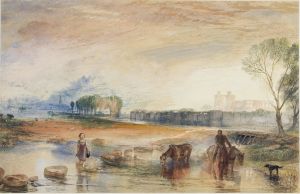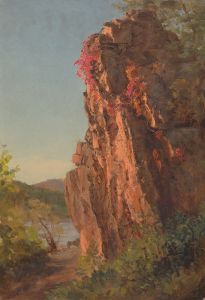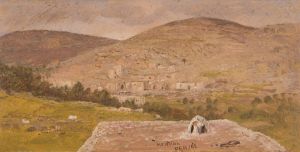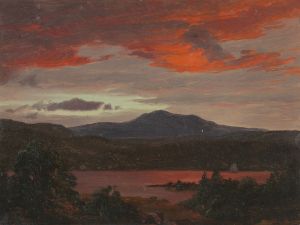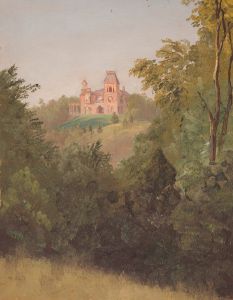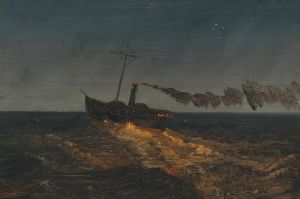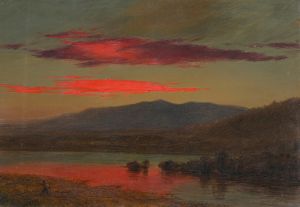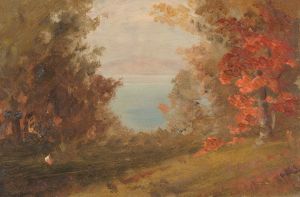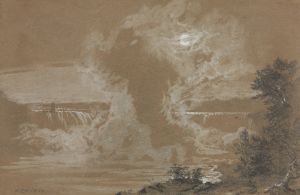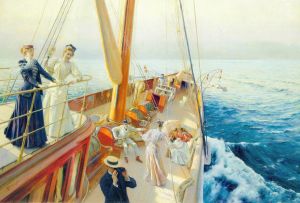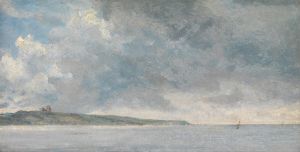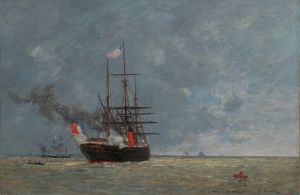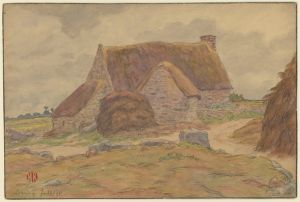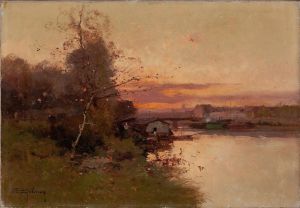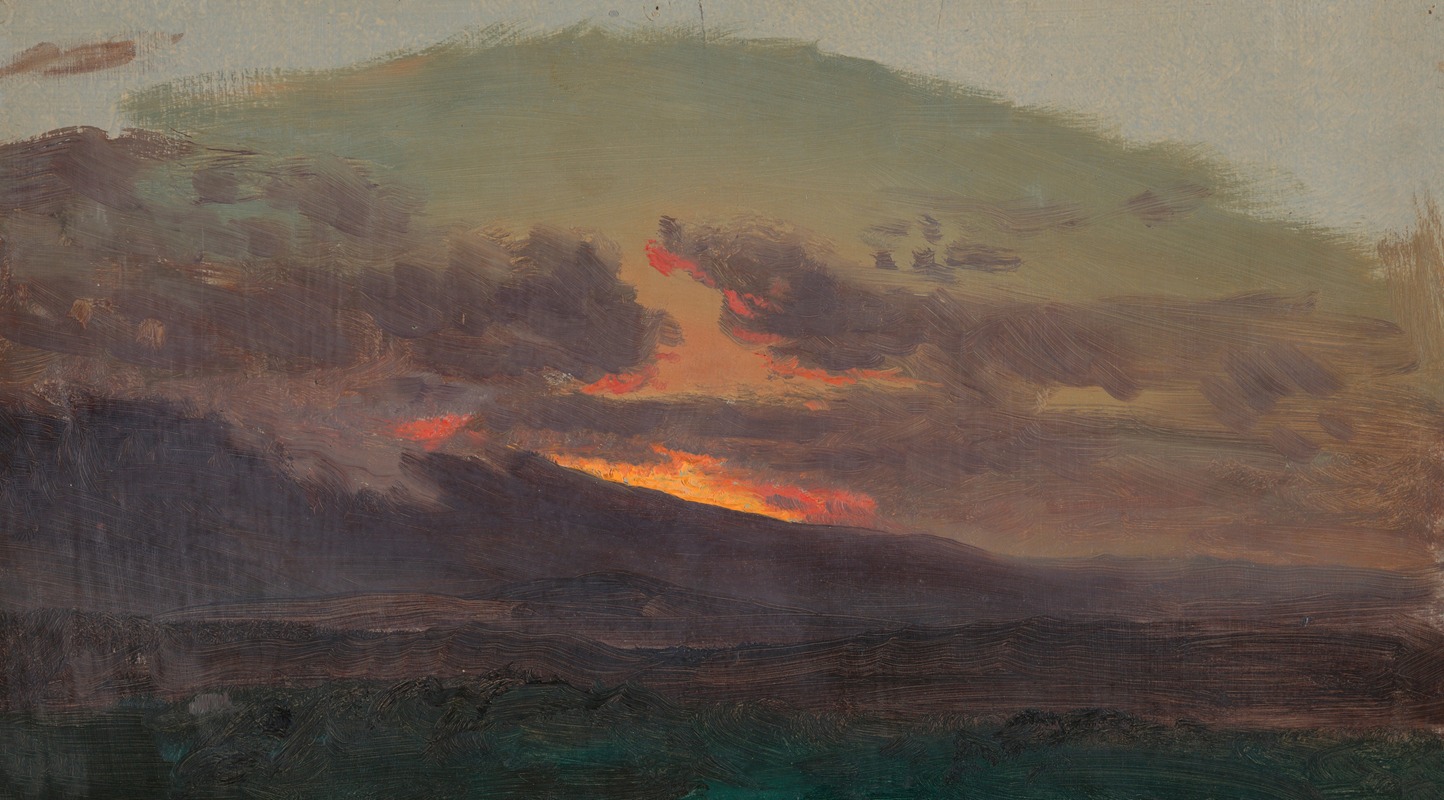
Sunset across the Catskills
A hand-painted replica of Frederic Edwin Church’s masterpiece Sunset across the Catskills, meticulously crafted by professional artists to capture the true essence of the original. Each piece is created with museum-quality canvas and rare mineral pigments, carefully painted by experienced artists with delicate brushstrokes and rich, layered colors to perfectly recreate the texture of the original artwork. Unlike machine-printed reproductions, this hand-painted version brings the painting to life, infused with the artist’s emotions and skill in every stroke. Whether for personal collection or home decoration, it instantly elevates the artistic atmosphere of any space.
"Sunset across the Catskills" is a painting by the renowned American landscape artist Frederic Edwin Church, a central figure in the Hudson River School of painting. This artistic movement, which flourished in the mid-19th century, is characterized by its romantic portrayal of the American landscape, emphasizing natural beauty, expansive vistas, and dramatic lighting effects.
Frederic Edwin Church was born on May 4, 1826, in Hartford, Connecticut. He was a pupil of Thomas Cole, the founder of the Hudson River School, and quickly became one of the most prominent landscape painters of his time. Church is best known for his large-scale, detailed landscapes that often depict dramatic natural phenomena.
"Sunset across the Catskills" exemplifies Church's mastery in capturing the sublime beauty of the American wilderness. The painting portrays the Catskill Mountains, a region in southeastern New York State that was a popular subject for artists of the Hudson River School. The Catskills were celebrated for their picturesque scenery and were considered a quintessential representation of the American landscape.
In this work, Church captures the ephemeral beauty of a sunset over the mountainous terrain. The painting is noted for its vivid colors and the way it captures the changing light of the setting sun. Church's meticulous attention to detail is evident in the rendering of the landscape, from the rolling hills to the intricate play of light and shadow. The composition is balanced, with the sky occupying a significant portion of the canvas, emphasizing the vastness of the natural world.
Church's technique involved sketching outdoors to capture the essence of the scene and then completing the painting in his studio. This approach allowed him to combine accurate depictions of nature with a heightened sense of drama and emotion. The use of light in "Sunset across the Catskills" is particularly striking, as Church employs a warm palette to convey the glow of the sunset, creating a sense of tranquility and awe.
The painting reflects the transcendentalist ideas of the time, which emphasized the spiritual connection between humans and nature. Church's work often conveyed a sense of divine presence in the natural world, inviting viewers to contemplate the beauty and majesty of creation.
"Sunset across the Catskills" is a testament to Church's skill as a landscape painter and his ability to evoke emotion through his art. The painting remains an important example of the Hudson River School's contribution to American art, highlighting the movement's focus on the natural beauty of the United States and its influence on the nation's cultural identity.
Frederic Edwin Church's legacy continues to be celebrated in art institutions across the country, and his works are held in high esteem for their technical brilliance and their role in shaping the perception of the American landscape during the 19th century.





